The biobanking market in South Korea is characterized by a dynamic competitive landscape, driven by advancements in biotechnology and increasing demand for personalized medicine. Key players such as Thermo Fisher Scientific (US), Qiagen (NL), and Illumina (US) are at the forefront, leveraging their extensive portfolios to enhance operational capabilities. Thermo Fisher Scientific (US) focuses on innovation through continuous investment in R&D, while Qiagen (NL) emphasizes strategic partnerships to expand its market reach. Illumina (US) is known for its cutting-edge sequencing technologies, which are pivotal in biobanking applications. Collectively, these strategies foster a competitive environment that is increasingly oriented towards technological advancement and collaborative growth.
In terms of business tactics, companies are localizing manufacturing and optimizing supply chains to enhance efficiency and reduce costs. The market structure appears moderately fragmented, with several players vying for market share. However, the influence of major companies is substantial, as they set industry standards and drive innovation. This competitive structure encourages smaller firms to adopt niche strategies or seek partnerships to remain relevant in the evolving landscape.
In October 2025, Thermo Fisher Scientific (US) announced the launch of a new biobanking solution aimed at improving sample preservation and data management. This strategic move is significant as it aligns with the growing emphasis on data integrity and sample quality in biobanking, potentially enhancing the company's competitive edge in the market. By addressing these critical needs, Thermo Fisher Scientific (US) positions itself as a leader in biobanking solutions, catering to the demands of research institutions and healthcare providers.
In September 2025, Qiagen (NL) expanded its collaboration with a leading South Korean university to develop advanced genomic analysis tools for biobanking applications. This partnership is indicative of Qiagen's strategy to integrate local expertise and resources, thereby enhancing its product offerings. Such collaborations not only strengthen Qiagen's market presence but also facilitate the development of tailored solutions that meet specific regional needs, thereby fostering innovation in the biobanking sector.
In August 2025, Illumina (US) unveiled a new platform designed to streamline the biobanking process, integrating AI-driven analytics for better sample tracking and management. This initiative reflects a broader trend towards digitalization within the industry, as companies seek to leverage technology to improve operational efficiency. By adopting AI solutions, Illumina (US) enhances its value proposition, making it a formidable competitor in the biobanking market.
As of November 2025, current trends in the biobanking market include a pronounced shift towards digitalization, sustainability, and AI integration. Strategic alliances are increasingly shaping the competitive landscape, enabling companies to pool resources and expertise. Looking ahead, competitive differentiation is likely to evolve, with a focus on innovation and technology rather than price-based competition. Companies that prioritize supply chain reliability and technological advancements will likely emerge as leaders in this rapidly changing environment.



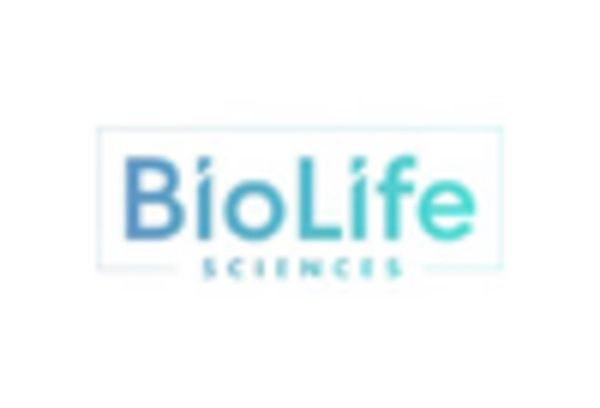
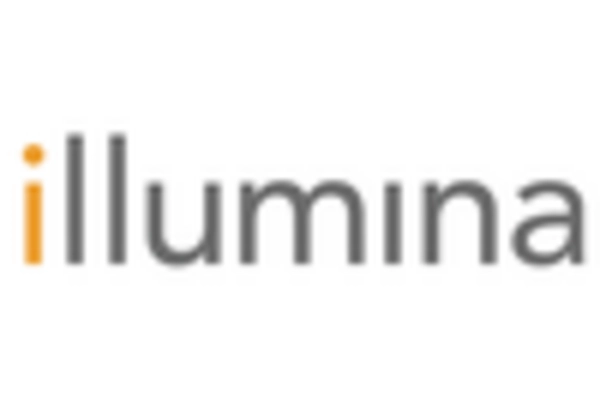
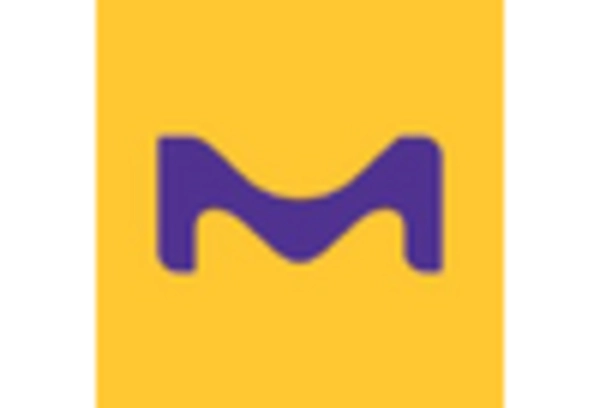
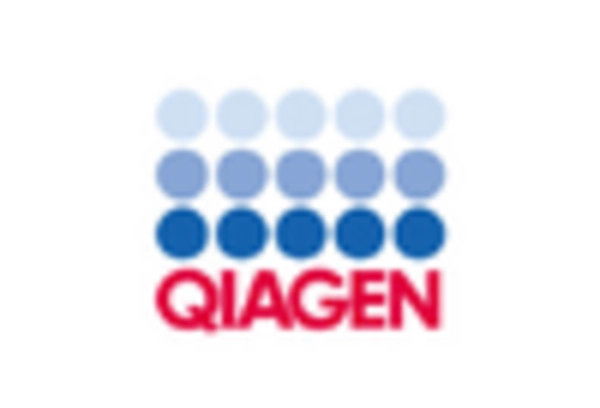
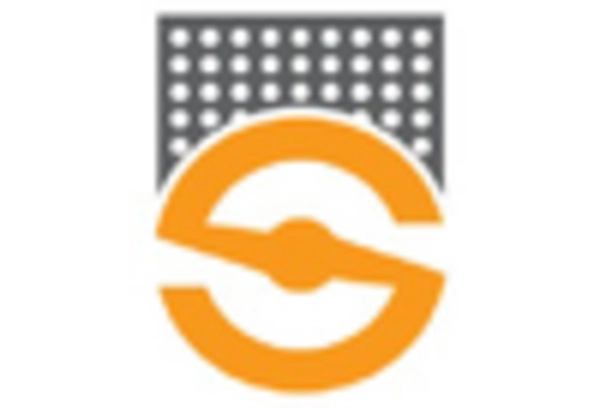
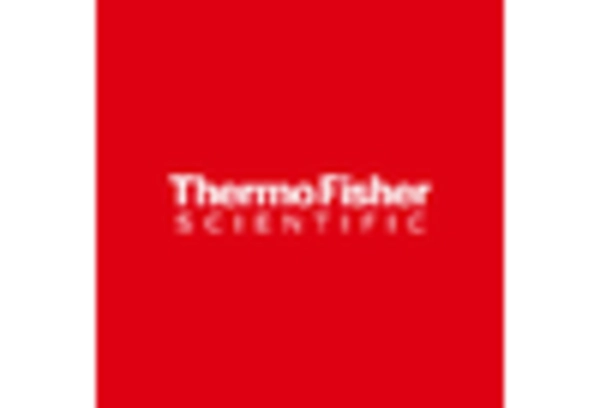








Leave a Comment